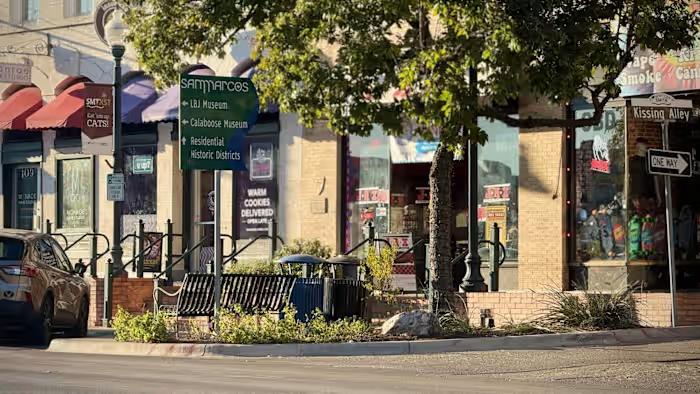Can Your Savings Boost Your Social Security?

Instead of tapping into savings to bolster their future benefits, more people are claiming Social Security earlier, in large part over concerns about the program’s financial health, according to recent research by the Urban Institute and AARP. The latest annual report from Social Security’s trustees projects that the program’s trust funds will run short in 2034, leading to a 19 percent cut in benefits unless Congress acts to shore up the system.
Sprick says he’s confident lawmakers will act to avert such a shortfall. But whether or not you agree, it still likely makes sense to delay filing for Social Security until 70, he says. Even if overall benefits are reduced, that’s still when you’ll get your biggest possible monthly benefit. With those higher payments, he says, you ultimately may need less in savings for your given lifestyle or expenditure level.
“If [people] are looking at how to maximize the total amount of Social Security benefits that they will receive in the course of their retirement, delaying is almost always going to be better than claiming earlier,” Sprick says.
Another advantage of delaying Social Security is that it’s indexed to inflation. Unlike retirement and investment accounts, which are tied to the prices of stocks, bonds and commodities, Social Security payments rise with consumer prices through annual cost-of-living adjustments (COLAs).
Past COLAs are rolled into the benefit you get when you claim, and the bigger that benefit, the more it will grow with future COLAs. “We financial advisers can’t give a guaranteed increase in returns” like that, Roop says.
Budgeting for a bridge
Is a bridge strategy right for you? Your overall health and longevity are crucial factors to consider. If you have, or are at risk for, any chronic medical conditions, you may want to preserve more of your savings for mounting medical costs. The BPC study notes that concern about future health or long-term care needs is one of the chief reasons many retirees want to keep accumulating assets rather than depleting them.
“Part of the analysis of whether it’s good for you to do it is you have to take into account what you have on the horizon,” Johnston says. For example, he asks clients if they have long-term care insurance. If the answer is yes, having a sizable emergency fund might be less of a priority since the policy will cover some care costs.
You can apply a similar test — less savings versus more guaranteed income — to other retirement and estate plans, Johnston says. “What are your travel plans? Do you want to leave money to your kids? Do you plan to sell your house?” he asks.
If globetrotting or a big inheritance are priorities, for example, you might want to leave your nest egg more or less intact. But selling a home can restore assets you’ve drawn down as part of a bridge strategy.
Equally important is how much you’ll spend on regular living expenses and how much you’ll need to withdraw from retirement accounts to cover them during the bridge period. According to the Bureau of Labor Statistics’ most recent Consumer Expenditure Survey, Americans 65-plus spend about $60,000 a year, on average, on food, shelter, utilities, health care and other routine costs.
The key to the bridge strategy is that the difference between what you get from Social Security and what you need from other sources to meet your spending needs narrows considerably the later benefits are claimed.





